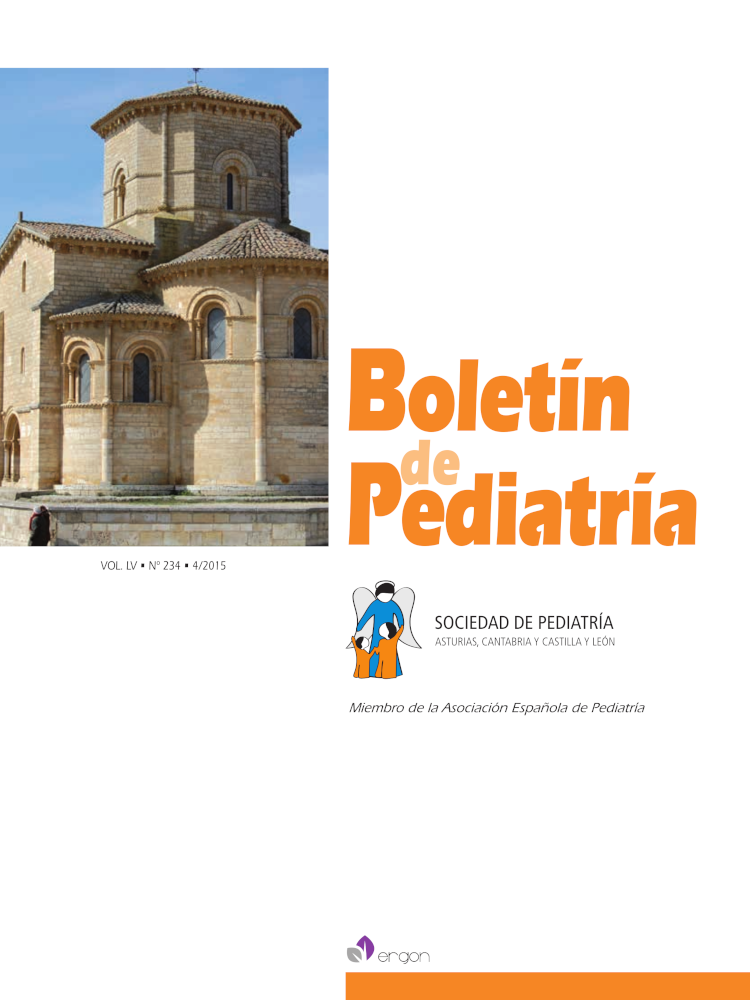Abstract
Introduction. We frequently detect that a small part of the population generates a large number of visits. This
accounts for a significant use of resources.
Objectives: 1) Describe the importance of frequent users and its economic impact. 2) Investigate the characteristics of those having the most frequent visits. 3) Discover if there is
any health-related cause.
Material and methods. Cross-sectional, descriptive and observational study. Children under 14 years of age were included. Total number of visits and number of patients who made each number of visits were recorded. Frequent use was defined as the mean visits plus one standard deviation. Cost per visit is calculated at 20.89 €. We reviewed the clinical record for those having ≥ 20 visits.
Results. We included 875 patients (5,206 visits; 5.95 ± 5.55 visits/patient). High level of visitors were those with more than 12 visits. There were 125 high level visitors (14%), who made 2,098 visits (40%). A total of 26 subjects (3%) came ≥ 20 time, generating 637 visits (12%). Mean age was 26.5 ± 18.9 months. There was a negative correlation between age and visits to the hospital (coefficient -0.26). Thirteen had recurrent
wheezing episodes in early childhood (RWE-infancy). They came to the emergency service 1.46 ± 1.5 times and were hospitalized 0.42 ± 0.7 times. There were 6 premature babies (gestational age 27.8 ± 0.5 weeks; PRN 825.0 ± 253.6 g). They made 29.3 ± 7.0 visits (21-38). Negative correlation was found between GA and visits (coefficient -0.3), hospital emergencies (-0.27) and admissions (-0.37).
Conclusions: 1) Subjects with high frequency of visits accounts for 14% of the population and use 40% of the visits. The potential annual saving that would be obtained with care similar to the mean would be 31,721 €. 2) In addition, they overload the Emergency Service. 3) They have similar morbidity as the rest of the population. Prematurity may play a role, although it does not justify the phenomenon.

This work is licensed under a Creative Commons Attribution-NonCommercial 4.0 International License.
Copyright (c) 2015 Boletín de Pediatría
